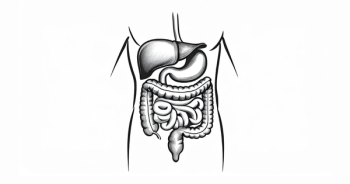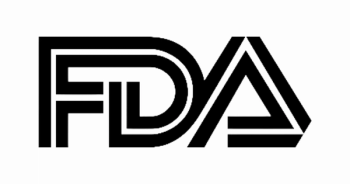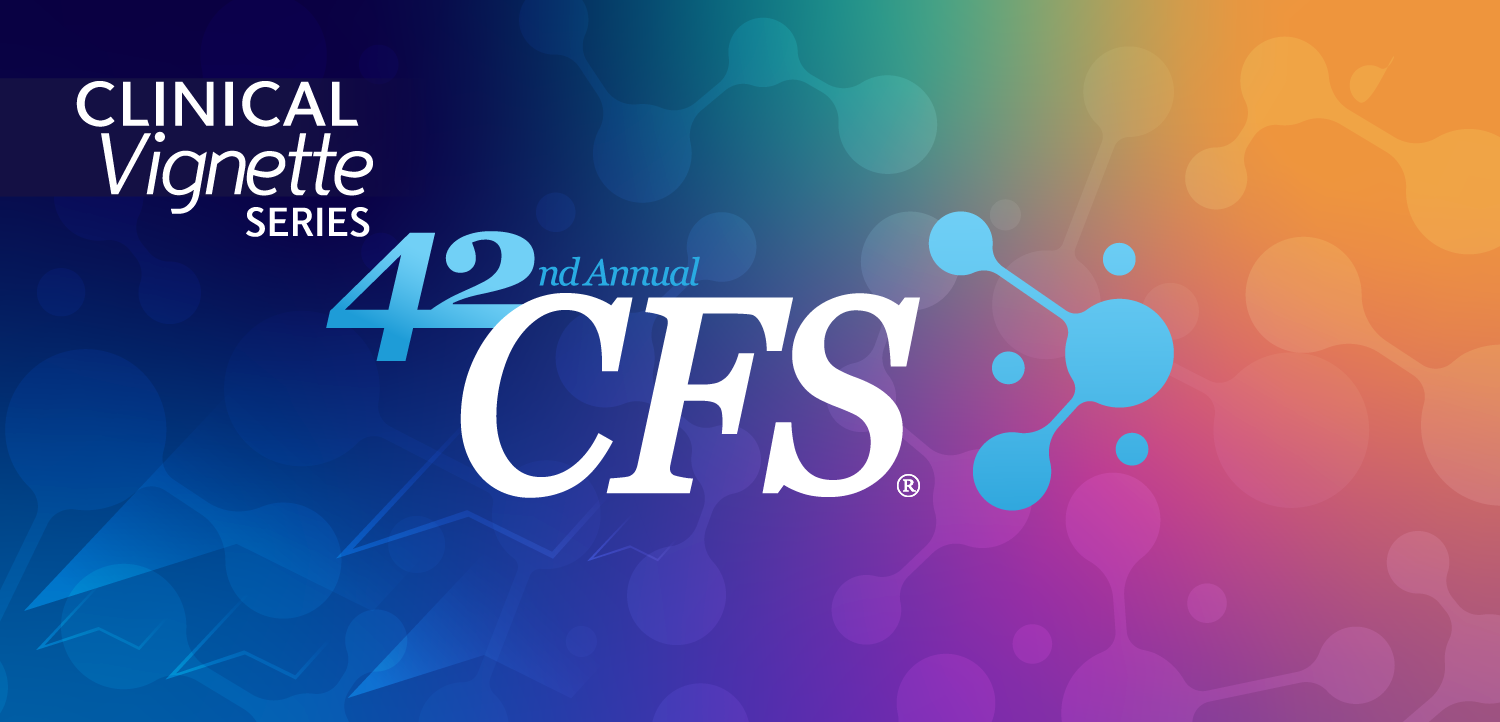
T-DXd Shows Early Survival Advantage in Advanced Breast Cancer and Leptomeningeal Carcinomatosis
Early findings from the DEBBRAH study suggest that fam-trastuzumab deruxtecan-nxki shows potential in treating patients with advanced HER2-positive, HER2-low breast cancer, including those with leptomeningeal carcinomatosis.
Early results from the DEBBRAH study show that fam-trastuzumab deruxtecan-nxki (Enhertu; T-DXd) was active with no new safety concerns, suggesting it has the potential to become a valuable treatment option for patients with advanced HER2-positive, HER2-low breast cancer, even if they have also developed leptomeningeal carcinomatosis, according to findings presented at the 2023 San Antonio Breast Cancer Symposium (SABCS).1
Results of the 7-patient study showed that the median OS with trastuzumab deruxtecan was 13.3 months (95% CI, 5.7-not applicable; P <.001). The 16-week OS rate was 86% (95% CI, 33%-98%), and the 24-week OS rate was 71% (95% CI, 26%-92%).
“Despite the limited sample size, T-DXd showed promising activity with no new safety concerns in HER2-positive and HER2-low patients with previously untreated, pathologically confirmed leptomeningeal carcinomatosis,” lead study author Marta Vaz Batista, MD, a medical oncologist of Hospital Professor Doutor Fernando Fonseca EPE in Lisbon, Portgual, and coinvestigators wrote in the poster that was presented during the meeting.
In this single-arm, open-label, 5-cohort, phase 2 study conducted across 18 sites in Spain and Portugal, 39 patients over the age of 18 years received 5.4 mg/kg of T-DXd intravenously once every 21 days until disease progression, unacceptable toxicity, or consent withdrawal.2 Patients with pretreated HER2-positive or HER2-low advanced breast cancer with stable, progressing, or untreated brain metastases and/or leptomeningeal carcinomatosis were divided into 5 cohorts.
Cohort 5 consisted of 7 patients with HER2-positive or HER2-low advanced breast cancer and leptomeningeal carcinomatosis with positive cerebrospinal fluid cytology. The median age of the cohort was 57 years (range, 42-69). Six patients had less than 3 metastatic organ sites. Three patients had HER2-positive status vs 4 who were HER2 low. The median time before the last prior therapy was 1.9 months (range, 0.7-15). All 7 patients in the cohort had received systematic treatment through chemotherapy, 3 through anti–HER2 therapy, and 3 through endocrine therapy.
Secondary end points included progression-free survival (PFS), overall response rate (ORR), clinical benefit rate, time to response, duration of response, and best percentage of change in tumor burden, as per RANO-BM (intracranial lesions) and RECIST v.1.1 (extracranial and overall lesions). Median PFS was 8.9 months (2.1-NR); the 16-week PFS rate was 86% (95% CI, 33%-98%), and the 24-week PFS rate was 71% (95% CI, 26%-92%).
At data cutoff if April 4, 2023, the median follow-up was 12 months (range, 2.5-18.6). The median duration of treatment was 9.0 months (range, 2.1-18.6). Two patients, 1 with HER2-positive and 1 with HER2-low disease, remained on treatment, after 18.6 months and 12.0 months, respectively.
Five patients had disease progression. No patients had intracranial progression, while 4 patients presented extracranial progression. One patient had clinical worsening. No objective responses were observed. Five patients had a prolonged stabilization of at least 24 weeks, resulting in an overall clinical benefit rate of 71.4% (95% CI, 29.0%-96.3%).
All 7 patients experienced any-grade treatment emergent adverse effects (TEAEs), and 3 experienced a grade 3 TEAE. The most common non–hematological TEAEs included nausea (any-grade, 57.1%; grade 3, 14.3%), fatigue (any-grade, 42.9%), vomiting (any-grade, 42.9%), headache (any-grade, 42.9%), and urinary tract infection (any-grade, 42.9%).
In terms of hematological TEAEs, anemia (any-grade, 42.9%) and thrombocytopenia (any-grade, 28.6%; grade 3, 14.3%) were the most frequent. Four patients experienced serious unrelated TEAEs, and 1 patient experienced a treatment-related serious TEAE of grade 3 nausea. No treatment-related deaths were observed.
Further analysis with a larger patient population is required to understand the response of patients with leptomeningeal carcinomatosis to T-DXd treatment, the authors concluded.
References
Vaz Batista M, Pérez-García J, Garrigós L, et al. Trastuzumab deruxtecan in patients with HER2[+] or HER2-low advanced breast cancer and pathologically confirmed leptomeningeal carcinomatosis: results from cohort 5 of the DEBBRAH study. Presented at the 2023 San Antonio Breast Cancer Symposium; December 5-9, 2023; San Antonio, TX. Abstract PS11-05.
Pérez-García JM, Vaz Batista M, Cortez P, et al. Trastuzumab deruxtecan in patients with central nervous system involvement from HER2-positive breast cancer: the DEBBRAH trial. Neuro Oncol. 2023;25(1):157-166. doi:10.1093/neuonc/noac144









































